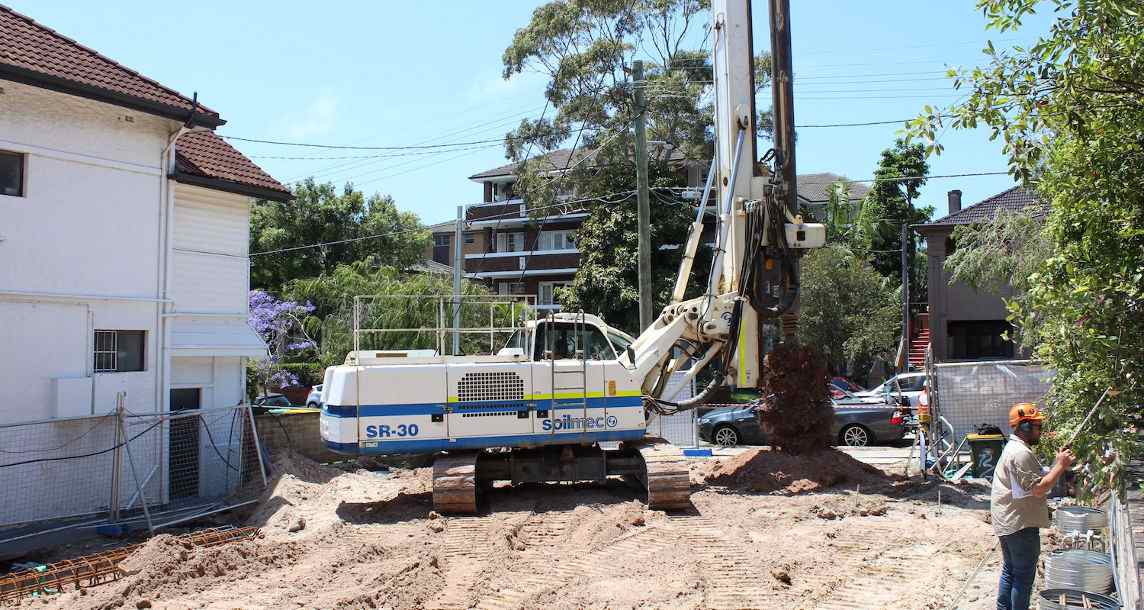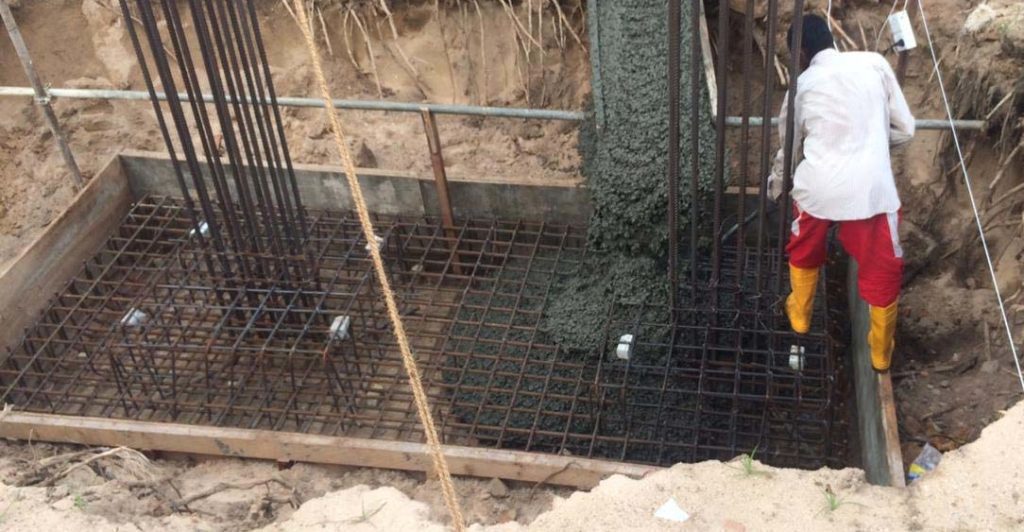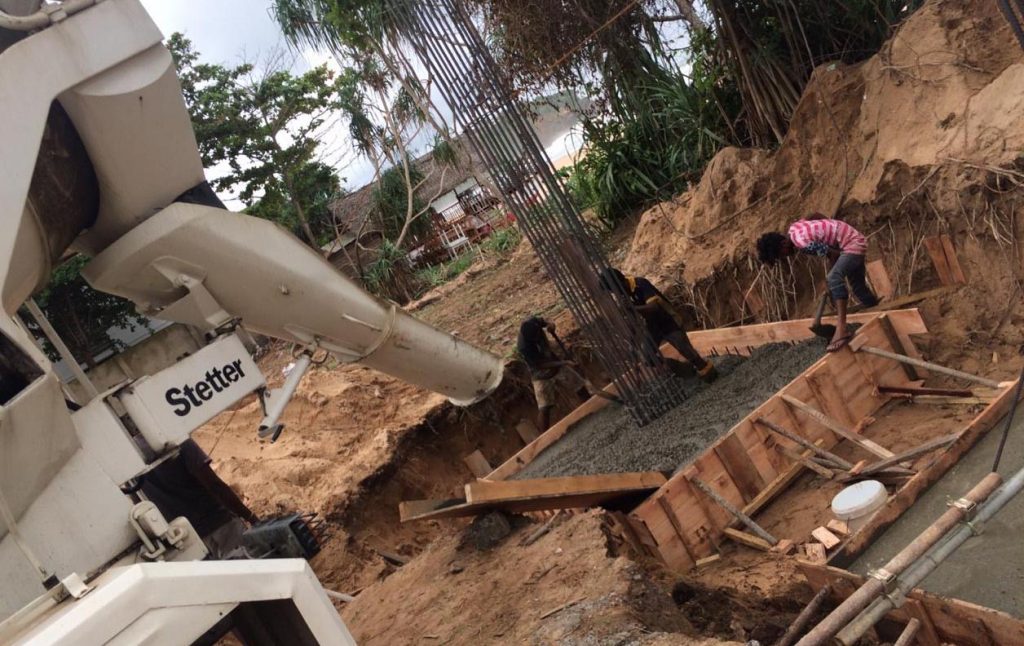Bored piles are a common foundation technique used in civil engineering as they offer a range of advantages and disadvantages that must be taken into account when deciding which foundation type best suits a project. In this blog post, we’ll discuss the advantages and disadvantages of bored piles construction, with a particular focus on providing civil engineers with an in-depth understanding of its implications. We’ll also cover factors to consider when using bored piles and the potential solutions to the challenges they can present.
What is Bored Piles
Bored piles are concrete piles that have been cast in the ground and then bored to a selected diameter. They are generally used for structural foundations for buildings, bridges, piers and docks. The primary advantage of bored piles is their ability to transfer load from one end of the pile to the other. This load-carrying capacity is referred to as “ultimate bearing capacity”. Bored piles can be made out of steel, timber or concrete. The steel version is usually used in more demanding applications where greater ultimate bearing capacity is required. Concrete bored piles are also commonly used due to their high strength and moderate costs.
The bored pile was invented by the French engineer Eugene Freyssinet in 1877. In France, Freyssinet’s company became the leader of the boring industry in Europe, but he did not patent his invention. This allowed other companies from different countries to use this technology because he allowed them to use his invention freely under license. In addition, many engineers and scientists began studying this structure as they saw its benefits and uses in their fields.
Advantages of Bored Piles
- The use of bored piles is expected to reduce the number of excavation and reinstatement stages. They also take up less room in a trench than other methods, significantly reducing the amount of spoil generated from construction projects.
- Bored piles are easy and quick to install, with minimal disruption to traffic or neighboring structures. The process for installing bored piles relies on machines that are already commonly used on construction sites. All that is required to install one is a suitable base for the pile, which can be excavated quickly using an excavator or backhoe.
- Bored Piles also have excellent resistance against corrosion and strong winds as well as an ability to withstand active tectonic regions, making them ideal for use in many locations throughout the world.
- The advantage to this method is that it can be used most anywhere since it doesn’t require a solid concrete foundation. The main disadvantage to bored pile foundations is their cost compared to other methods. It takes skilled labor to install them properly, which drives up the overall price of the structure.
- They can be installed in almost any weather conditions.
- They are less disruptive to surrounding ground and buildings than other foundation methods.
- They offer good load-bearing capacity and can be used to support large structures.
- They help to create the necessary support for a building, and they also provide support against lateral pressure forces.
- Bored piles help stabilize foundations for buildings and other structures by providing lateral resistance against the pressure of soil or water.
- When compared to solid steel piling, bored piles cost less and provide more flexibility in design options.

Disadvantages of Bored Piles
- One main disadvantage to using bored piles is that it requires more time than other systems do. This is especially true in smaller projects where only one foundation system like this can be used successfully instead of two different systems working together like in larger ones where both pile foundations and spread footings can be used effectively at the same time on different parts of a building’s structure.
- Bored piles have a higher susceptibility to corrosion when their diameter is small.
- Noise pollution caused by machinery during installation.
- Vibration of soil underneath the area where drilling takes place. If boring is done improperly, it can cause more damage than good such as causing ground slippage, increased settlement or even bedrock collapse which can lead to cracking in surrounding structures such as roads or buildings if not repaired properly afterwards. As long as proper procedures are followed when installing bored piles there should be no issues with settlement once construction is complete which makes it an attractive option for builders who need to push back soft soil during construction.
- More expensive than other foundation methods
- Require skilled equipment and operators.
- Can be disruptive to surrounding ground and buildings if not installed correctly.
Now we hope that you are aware of the advantages and disadvantage of bored piles.


